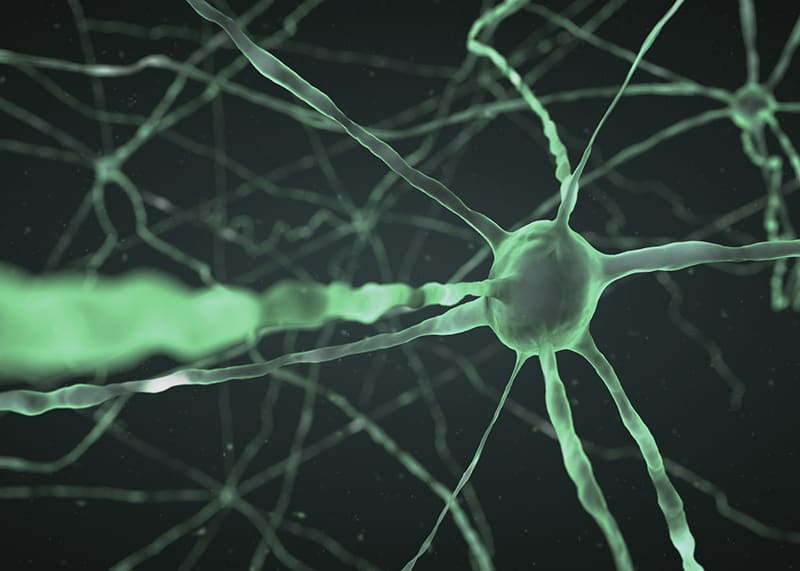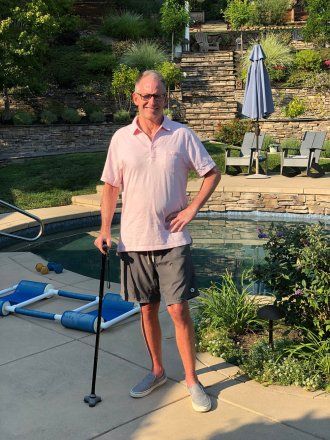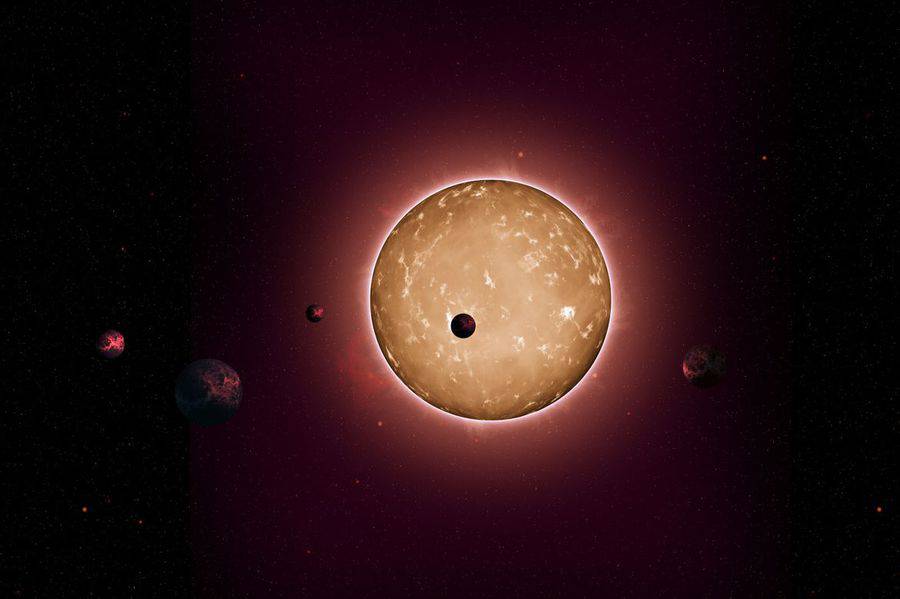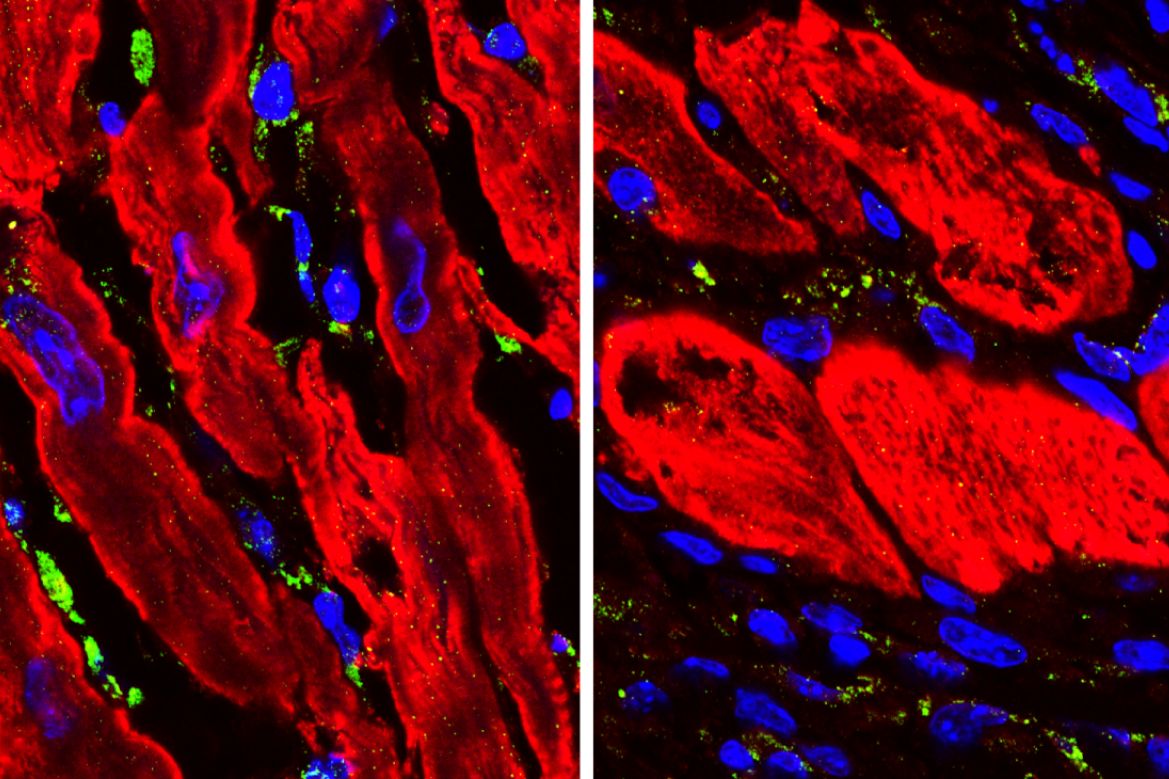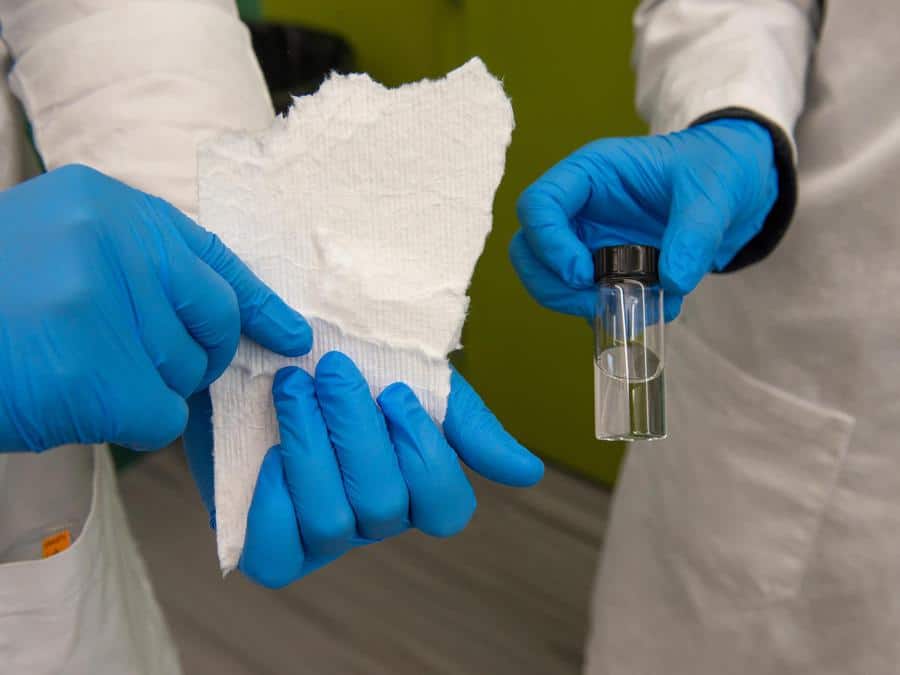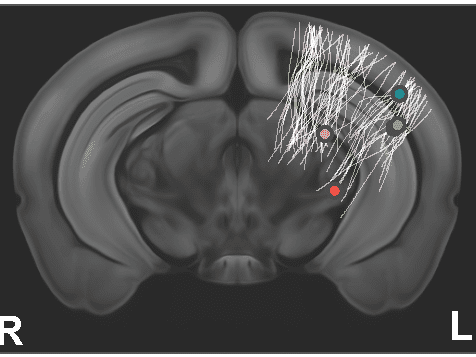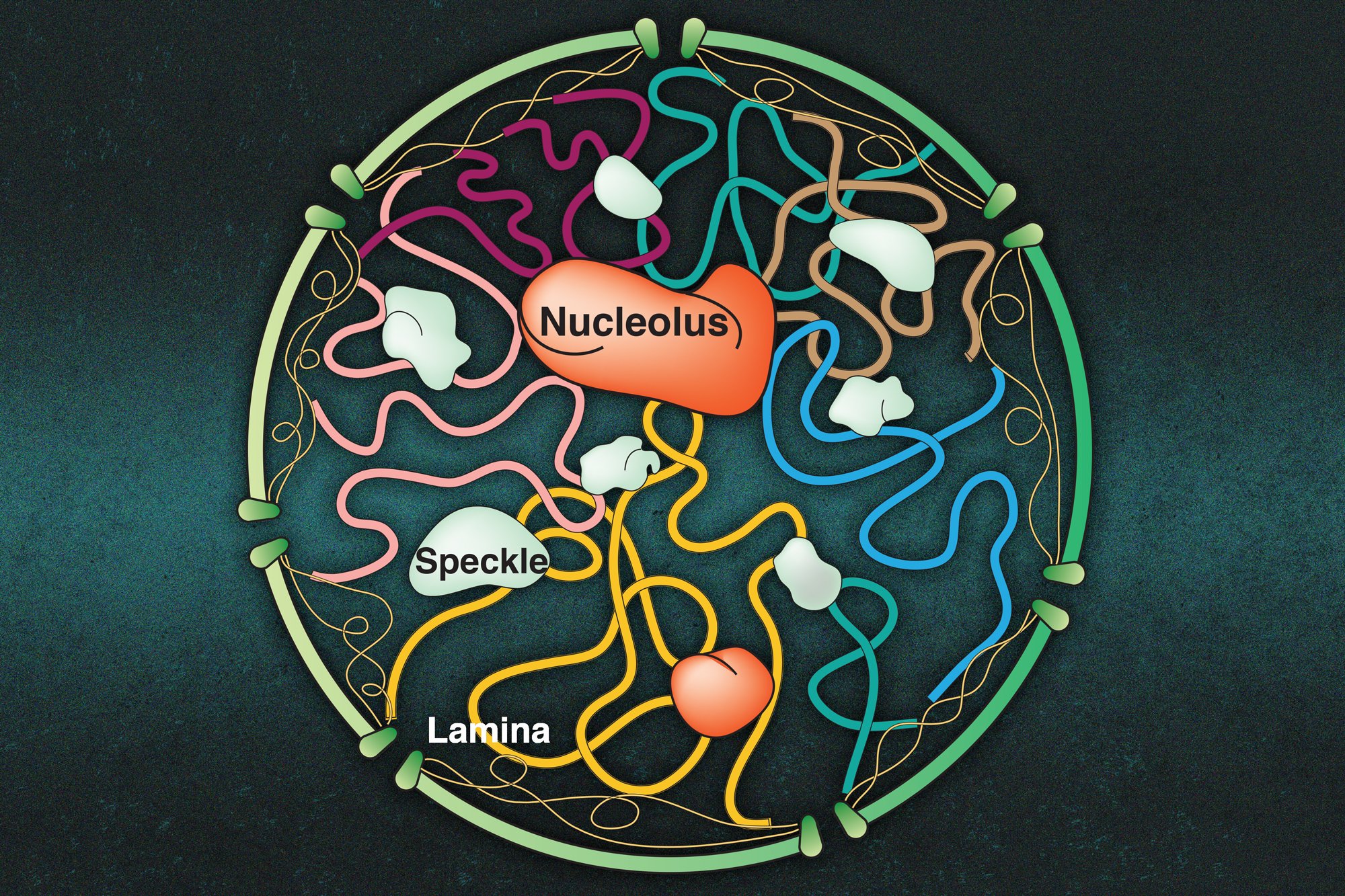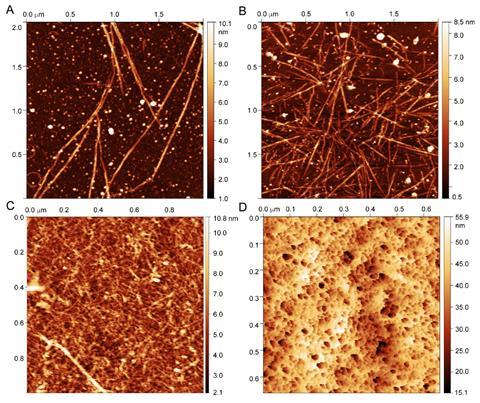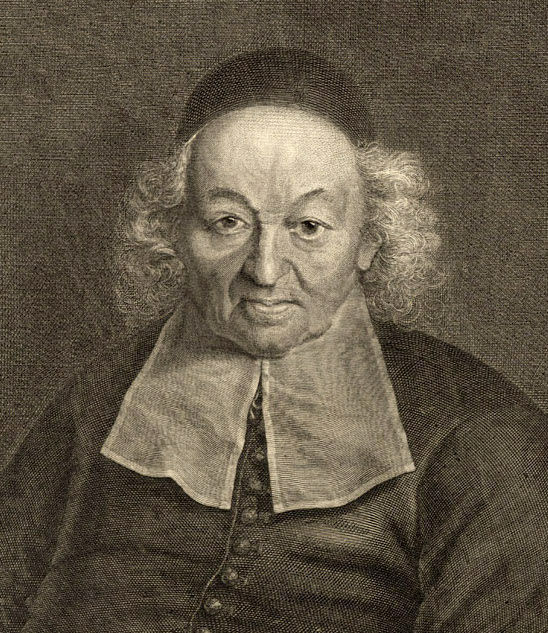Depression is a global issue. The World Health Organization (WHO) estimates that 15 percent of people will experience a disabling bout of depression at some point in their lives. Despite an array of treatments that includes talk therapy, pharmaceuticals, and various forms of magnetic and electronic stimulation, finding the best treatment is often a trial-and-error […]
Read More